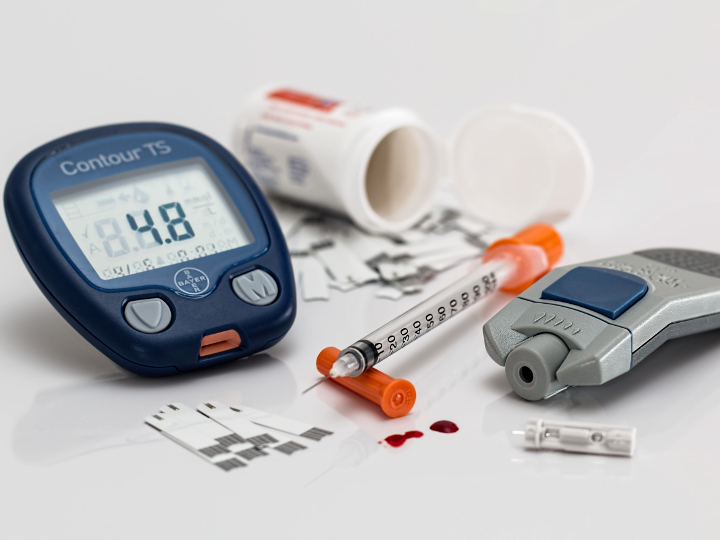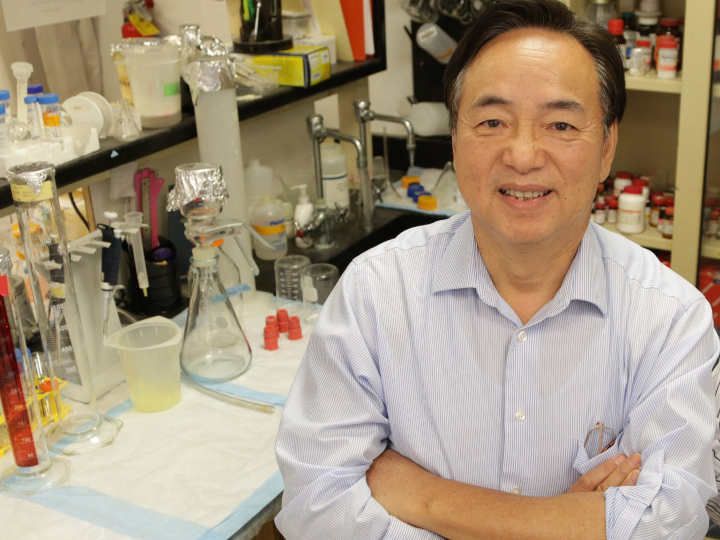

A researcher from the University of Houston has created a form of recombinant insulin that could potentially address some of the biggest concerns about the lifesaving drug, including its price.
Ke-He Ruan, director of the Center for Experimental Therapeutics and Pharmacoinformatics at the UH College of Pharmacy, said the single polypeptide chain insulin appears to stabilize glucose levels up to three times as long as conventional wild-type human insulin, that is, insulin grown to mimic that produced in humans, and could be manufactured using simpler production methods.
That could potentially cut the cost of the medication – the price of the most commonly used types of insulin have tripled over the past decade – as well as allow patients with Type 1 diabetes to go longer between injections, Ruan said.
The new formula has not yet been tested in people, and the University’s Office of Technology Transfer and Innovation is looking for a company to co-develop the technology and complete testing and approval by the U.S. Food and Drug Administration. For more information, contact licensing@uh.edu.
People with Type 1 diabetes produce little or no insulin, a hormone produced in the pancreas, and rely on insulin to regulate blood sugar. Some people with Type 2 diabetes, which occurs when people can’t efficiently use the insulin their bodies produce, also require insulin injections.
Ruan, with a medical degree and a Ph.D. in biomedical science and biochemistry, was recruited to UH in 2007 from the University of Texas Medical School at Houston, now the McGovern Medical School, to direct the College of Pharmacy’s Center for Experimental Therapeutics and Pharmacoinformatics, which focuses on the use of technology in drug design.
Ruan used 3D computer modeling to determine how to link the two polypeptide chains used to produce current commercially available human insulins, creating a single polypeptide chain that could be inserted into yeast or bacteria to grow the insulin. He has recently filed for a provisional US patent for the discovery.
He said the new formulation, known as single polypeptide chain insulin, or SPC-insulin, is better able to maintain its configuration, compared with the conventional two-chain configuration, linked by disulfide bonds which quickly reduce to inactive a- and b- chains once they reach the circulatory system.
The single polypeptide chain configuration remains active longer, lengthening the time patients can go between injections.
It also can be produced more quickly, with a one-step process rather than the three or four steps required for current recombinant-protein methods, said Ruan, who also is professor of medicinal chemistry and pharmacology at the UH College of Pharmacy. As with conventional production of recombinant human insulin, SPC-insulin can be produced in either yeast or bacteria.